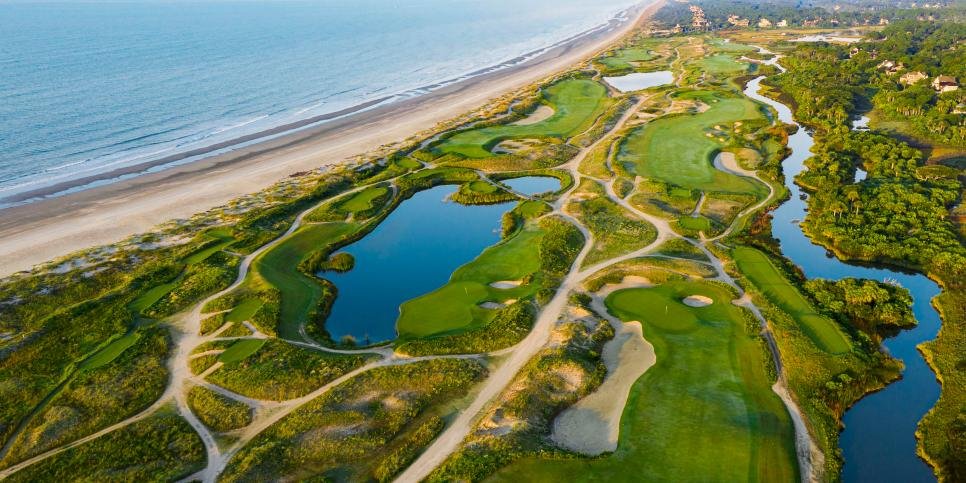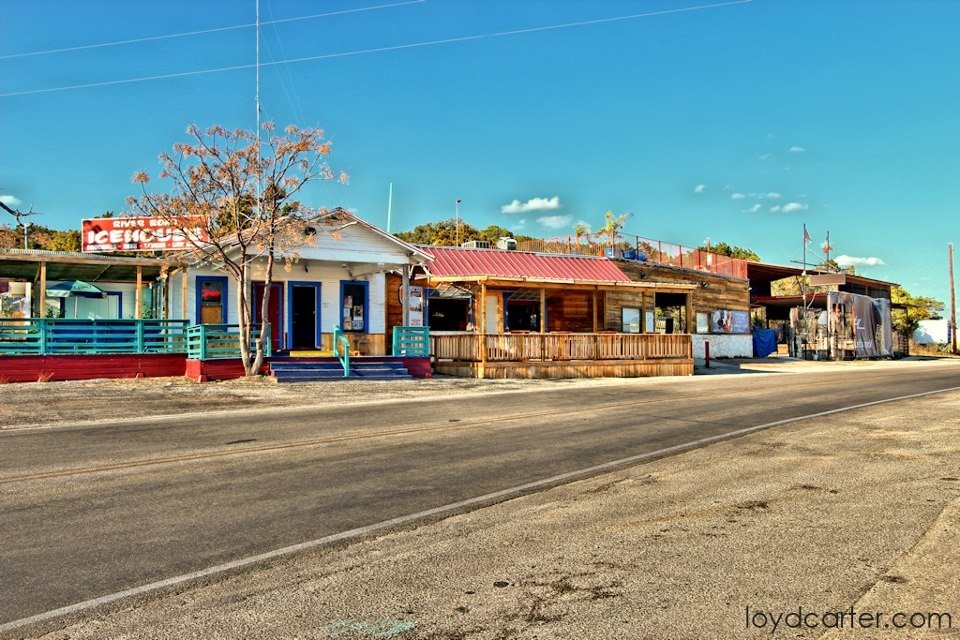The quest to identify the river featured in the rig veda nyt is far more than a dry academic puzzle; it’s a gripping detective story that spans millennia, connecting ancient hymns to modern satellite imagery. This is not just about a forgotten waterway, but about rediscovering the cradle of a civilization. Understanding this story unlocks a profound appreciation for how landscapes shape history and myth. Our journey will delve into the legendary Sarasvati River, explore the compelling evidence from the Ghaggar-Hakra paleochannel, and untangle the threads connecting ancient scripture to the findings that captivated readers of the New York Times, all while using resources right here in the UK to piece together the narrative of the Indus Valley Civilization. This exploration touches upon the very foundations of South Asian culture and the powerful archaeological evidence that continues to surface.

What Are People Saying About This Ancient Mystery?
The recent surge in interest, largely thanks to international coverage, has sparked a lively conversation among history enthusiasts and curious minds across the UK. Many describe the experience of learning about this topic as a “historical rabbit hole,” one that starts with a single article and quickly expands into a fascination with ancient geography and archaeology. People often express astonishment at the scale of the lost river system and its implications for understanding early urban societies. The consensus is one of awe, with many reviewers noting that connecting the poetic descriptions in the Rig Veda to tangible, scientific evidence feels like solving a piece of a grand, ancient puzzle. This isn’t a typical destination review, but a review of a journey through time, and the feedback is overwhelmingly positive, citing the intellectual thrill of the chase.

What River Was Actually Mentioned in the Rig Veda?
When you delve into the Rig Veda, one of the oldest sacred texts of Hinduism, you find a landscape dominated by rivers. They are not just geographical features but deities, lifelines, and central figures in the Vedic worldview. Among them, one river is exalted above all others: the Sarasvati. The hymns describe her in breathtaking terms, calling her the “best of mothers, best of rivers, best of goddesses.” She is depicted as a vast, mighty river flowing from the mountains to the sea, nourishing the land and the people who lived along her banks. The texts paint a picture of a powerful, life-giving force that was central to the identity and prosperity of the Vedic people. Unlike other rivers mentioned, which are still identifiable today like the Indus, the Sarasvati’s physical presence vanished, transforming her from a geographical reality into a mythical and sacred memory. This disappearance is the core of the entire mystery.
The New York Times Connection: Unpacking the Hype
The reason this ancient subject has resurfaced with such vigour can be traced to high-profile reporting, particularly articles like those you might find in The New York Times. These pieces often act as a catalyst, bringing complex scientific and historical research to a global audience. Typically, such an article would highlight a breakthrough in research—perhaps new analysis of satellite photos that map the river’s ancient course with unprecedented clarity, or archaeological digs that unearth a dense concentration of ancient settlements along this dry channel. The “hype” comes from the compelling way this evidence is presented. It’s the validation of ancient lore through cutting-edge technology. The NYT’s role is not just to report facts but to weave them into a compelling narrative, making the story of a lost river feel immediate and profoundly important, prompting a wave of public interest and discussion.
A UK Detective Story: Tracing the River Featured in the Rig Veda NYT
For those of us in the United Kingdom, this ancient Indian river might seem a world away, but the clues to its story are surprisingly close to home. Our journey doesn’t require a flight to the Thar Desert; it can begin in the hallowed halls of our own museums and libraries, making it a uniquely British intellectual expedition.
Clues in the British Museum
A trip to the British Museum in London offers a tangible connection to the people who lived along this lost river. Room 53, dedicated to the Indus Valley Civilization, is a treasure trove. Here, you can stand inches away from the intricate seals, pottery, and jewellery unearthed from sites like Harappa and Mohenjo-Daro. These aren’t just artifacts; they are silent witnesses. The sheer number and sophistication of these cities, which flourished along the now-dry riverbed, provide powerful circumstantial evidence. They could not have existed in a desert; they must have been sustained by a major water source, the very river celebrated in the Vedas. Seeing the standardised weights and measures and the undeciphered script makes you appreciate the organised, urban society that this river nourished.
“When you look at the Harappan seals in the British Museum,” notes Dr. Alistair Finch, a retired Indologist from SOAS, “you’re not just seeing art. You’re seeing the administrative and commercial heartbeat of a civilization. A civilization of that scale requires a river of equal scale. The texts give us the name, and the archaeology points to the location.”
Maps and Manuscripts at the British Library
The next stop on our UK-based investigation is the British Library. Within its Asia, Pacific and Africa Collections, one can find colonial-era survey maps. British surveyors in the 19th century were meticulous map-makers. While charting the terrain of British India, they noted a vast, dry river channel known locally as the Ghaggar. These maps, drawn long before the advent of satellite technology, are the first modern scientific documents to trace the ghost of a once-mighty river. They provide a historical baseline, showing that the physical evidence of this paleochannel was hiding in plain sight. Looking at these old, hand-drawn maps and comparing them with modern satellite data is a fascinating exercise that bridges two eras of exploration.
Academic Hotbeds: Oxford and Cambridge Weigh In
The academic institutions of the UK have been pivotal in this story. Scholars at universities like Oxford, Cambridge, and SOAS have spent decades studying the linguistic evidence in the Vedas, cross-referencing it with archaeological finds. It is in the lecture halls and libraries of these institutions that much of the debate has been refined. They analyse the chronology, questioning when the Sarasvati ceased to be a major river and how that timeline aligns with the decline of the Indus Valley cities. Their research provides the critical, peer-reviewed backbone that turns speculation into a robust academic theory, influencing the very articles that bring the story to a wider audience.
Is the Ghaggar-Hakra River the Lost Sarasvati?
This is the billion-dollar question in South Asian archaeology, and the evidence is overwhelmingly compelling. The Ghaggar-Hakra river is a seasonal monsoon-fed river in modern-day India and Pakistan that flows only partially today. However, geological and satellite studies have revealed that this contemporary river flows along the path of a much larger, ancient paleochannel. This ancient channel is enormous—up to eight kilometres wide in some places—and its course perfectly matches the geographical descriptions of the Sarasvati in the Rig Veda.
The proof is not just in the sky. On the ground, archaeologists have discovered that the highest concentration of Harappan settlements—over 1,500 of them—is not along the Indus, as was once thought, but along this dry Ghaggar-Hakra bed. This distribution makes no sense unless a massive, perennial river once flowed there. Core samples drilled from the riverbed have revealed the sedimentary composition of a glacier-fed Himalayan river, which aligns with the Vedic descriptions of the Sarasvati’s origins. The river’s decline, caused by tectonic shifts that diverted its glacial water sources to the Yamuna and Sutlej rivers, coincides with the period when the Indus Valley Civilization began to de-urbanise and disperse.
“The convergence of evidence is what’s truly remarkable,” Dr. Finch explains. “You have the textual praise in the Vedas, the satellite maps showing the exact path, the archaeological data showing where people actually lived, and the geological data confirming its Himalayan origin. Each piece of the puzzle, on its own, is suggestive. Together, they are almost conclusive. The Ghaggar-Hakra is the physical remnant of the literary Sarasvati.”
Why Does This Ancient River Still Matter Today?
The story of the Sarasvati is more than just a historical curiosity; it resonates deeply in the modern world. For millions, the Sarasvati is not a lost river but a living, albeit unseen, spiritual entity. In Hinduism, she is the goddess of knowledge, music, and the arts. The mythical confluence of the Ganges, Yamuna, and the subterranean Sarasvati at Prayagraj remains one of the most sacred sites of pilgrimage. The scientific rediscovery of the river’s physical course serves as a powerful validation of cultural memory and ancient texts, bridging the gap between faith and science.
Furthermore, the story has contemporary environmental and political dimensions. Understanding how climate change and tectonic activity led to the demise of a river that sustained a civilization offers sobering lessons for our own time, as we face water scarcity and environmental challenges. In a political context, the river’s legacy is sometimes invoked in discussions of national and cultural identity in South Asia.
Sarasvati vs. Ghaggar-Hakra: A Comparison of Evidence
Feature Rig Veda Description of Sarasvati Geological Evidence for Ghaggar-Hakra Origin “Flows from the mountains” Traced back to Himalayan glacial sources (pre-tectonic shift) Course Flows “from mountain to the sea” (likely the Arabian Sea) Paleochannel follows a course from the Shivalik Hills towards the Rann of Kutch Size Described as vast, mighty, and the greatest of rivers Satellite imagery reveals a channel width of 3-10 km in places, larger than the Indus Human Settlement The heartland of the Vedic people, lined with settlements Highest density of Indus Valley Civilization sites found along its dry bed Decline Mentioned less frequently and with less grandeur in later texts Evidence of river capture/avulsion around 1900 BCE, leading to its drying up
This incredible saga shows how a physical landscape can become embedded in the cultural DNA of a people, surviving for millennia as a story long after the water itself has vanished. The effort to trace the river featured in the rig veda nyt is a journey to the very source of South Asian civilization. It demonstrates that the past is never truly gone; it’s just buried beneath the sand, waiting for new technology and enduring curiosity to bring it back to the surface. The tale is a powerful reminder that the ground beneath our feet is a library of stories, and the greatest adventures can be found in piecing them together.
Comments
Eleanor Vance
★★★★★ (5/5)
Reviewed 1 week ago
Absolutely captivating. I read an article on this a while back and decided to visit the British Museum’s Indus Valley exhibit on a whim last Tuesday. Seeing the artifacts in person after understanding their context with the lost river was a game-changer. It makes you realise how advanced they were. A truly profound experience.
Ben Carter
★★★★★ (5/5)
Reviewed 2 weeks ago
My history podcast club in Manchester chose this as our topic for April. The amount of information available is staggering. The way satellite imagery confirms texts written 4,000 years ago is just mind-blowing stuff. This isn’t just history; it’s an incredible piece of detective work. Highly recommend looking into it.
Priya Sharma
★★★★★ (5/5)
Reviewed 3 weeks ago
As someone of Indian heritage, the story of the Sarasvati was something I grew up with as a more mythical concept. To see the scientific community piece together the evidence for its physical existence is incredible and quite moving. It connects my cultural heritage to tangible, verifiable history. This article explains the UK connections really well.
Simon Finch
★★★★☆ (4/5)
Reviewed 1 month ago
A fascinating subject. I spent an afternoon at the British Library looking at old survey maps of the region for a personal project, and you can clearly see how 19th-century surveyors noted the ‘Ghaggar’ channel without knowing its full significance. The only reason for 4 stars is that the academic debates can get quite dense, but the core story is 5-star material.
Chloe Dubois
★★★★★ (5/5)
Reviewed 1 month ago
I’m a geology student at Imperial, and the story of the Sarasvati’s demise through tectonic avulsion is a textbook case study we discussed. It’s a stark reminder of how powerful and changeable our planet is. The fact that it led to the decline of an entire civilization is humbling.
Marcus Thorne
★★★★★ (5/5)
Reviewed 2 months ago
The NYT piece really brought this to my attention. What I love is that it’s an ongoing discovery. It’s not a closed chapter of history. New finds are always adding to the picture. It makes you feel like you’re following the story as it unfolds.
Aisha Khan
★★★★★ (5/5)
Reviewed 2 months ago
My daughter had a project on ancient civilizations, and we stumbled upon this. We ended up spending a whole weekend watching documentaries. It’s a much more compelling story for a 10-year-old than dusty kings and queens. The ‘lost river’ is such a great hook.
David O’Connell
★★★★☆ (4/5)
Reviewed 3 months ago
Great intellectual journey. My only critique of the general narrative out there is that it sometimes oversimplifies the decline of the Harappans. The river drying up was a huge factor, but likely one of many. Still, it’s the most powerful part of the story.
Sophie Chen
★★★★★ (5/5)
Reviewed 4 months ago
I attended a guest lecture at SOAS on this very topic in February. The speaker presented thermal imaging data showing subterranean water still flowing along parts of the old channel. The science is just as fascinating as the history. Incredible stuff.
Liam Gallagher (No, not that one)
★★★★★ (5/5)
Reviewed 4 months ago
Saw a documentary on this on Channel 4 last year and have been hooked ever since. It’s wild to think there was a river bigger than the Indus just… gone. It changes your entire mental map of what ancient India looked like. Proper mind-bending history.


